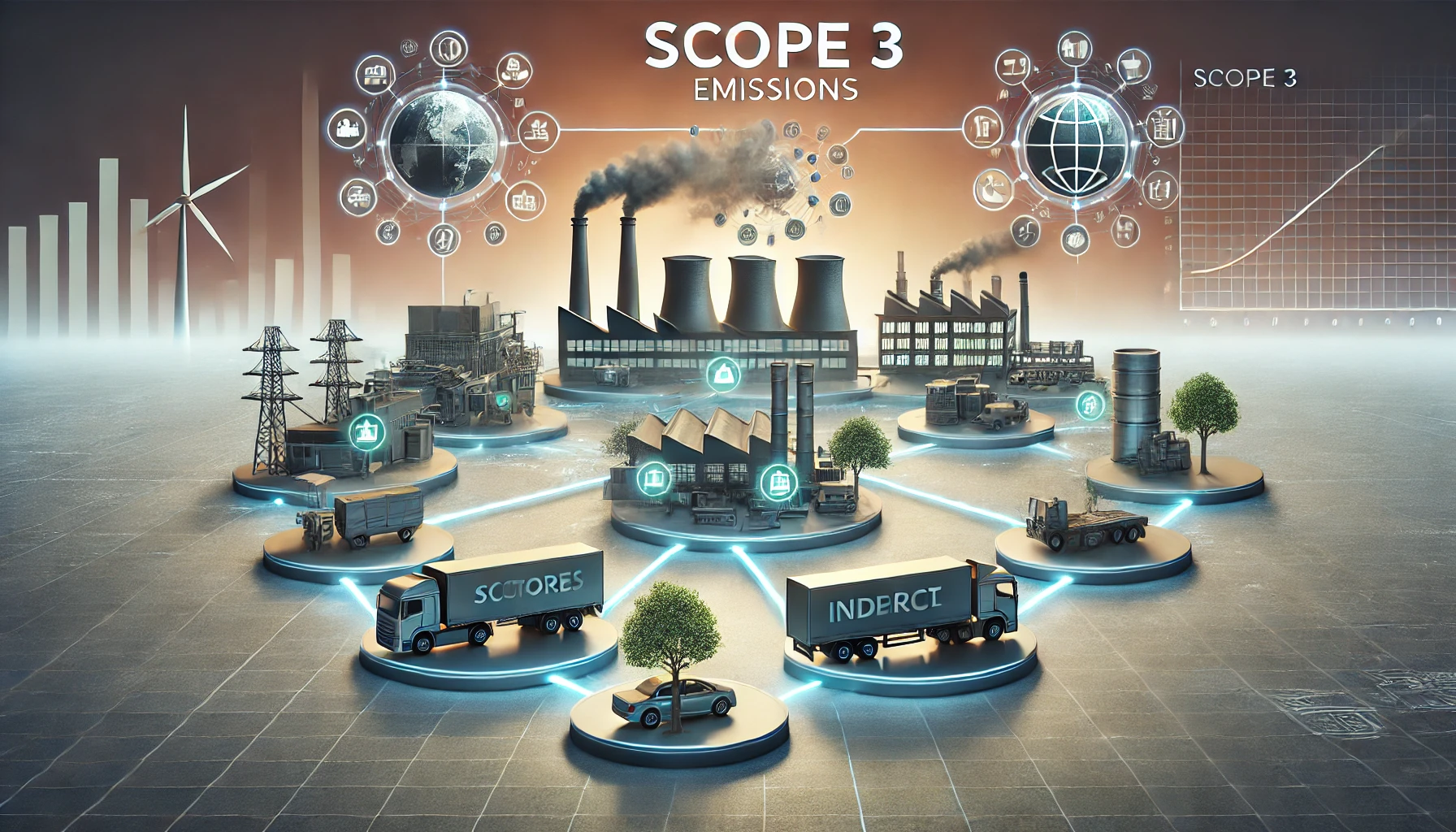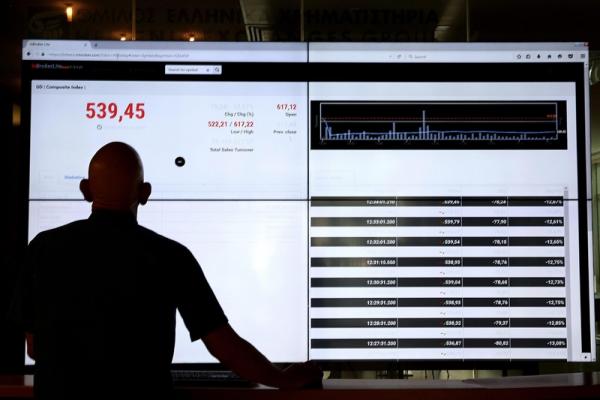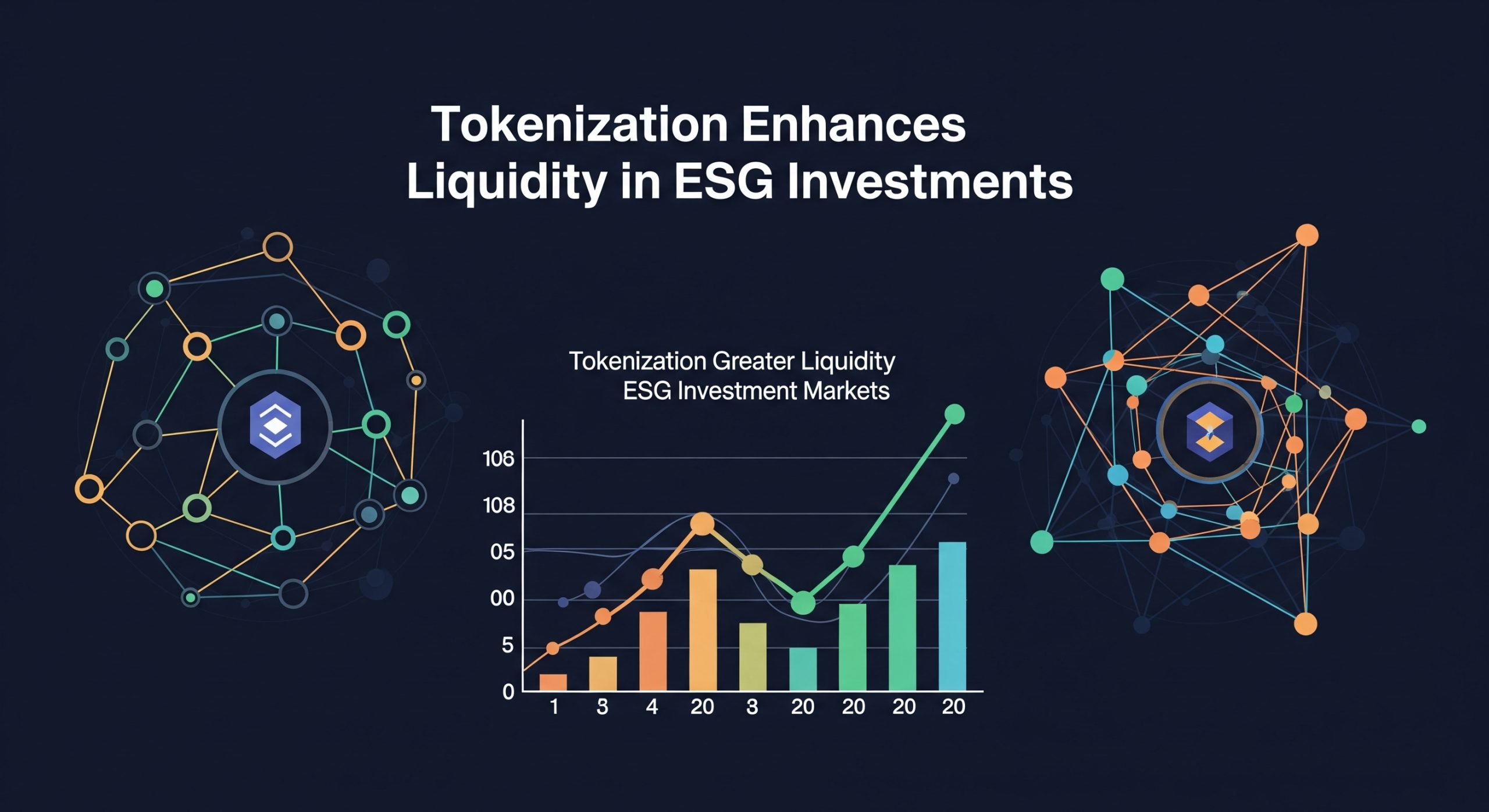As companies worldwide strive to achieve net-zero emissions targets, reducing greenhouse gas (GHG) emissions has become a central focus. However, one category of emissions has proven particularly challenging: Scope 3. Unlike Scope 1 (direct emissions from owned or controlled sources) and Scope 2 (indirect emissions from purchased electricity), Scope 3 emissions include indirect emissions from sources not owned or directly controlled by the company, primarily in its supply chain. In this article, we’ll examine the difficulties companies face in measuring and reducing Scope 3 emissions, using Microsoft as a case study.
Understanding Scope 3 Emissions
Scope 3 emissions, which often account for the majority of a company’s total GHG emissions, include a wide range of activities, from the extraction and production of purchased goods to the disposal of sold products. For a tech giant like Microsoft, Scope 3 emissions cover emissions from its entire value chain—suppliers, partners, customers, and end users of Microsoft products. With such an extensive footprint, Microsoft, like many large companies, faces considerable obstacles in tracking and managing these emissions effectively.
The Complexities of Measuring Scope 3 Emissions
Measuring Scope 3 emissions is a daunting task due to several factors:
- Data Availability and Quality: Unlike Scope 1 and Scope 2 emissions, which are relatively straightforward to track, Scope 3 data requires gathering detailed information from numerous third parties in the supply chain. Companies may have hundreds or even thousands of suppliers, each with unique data quality standards and reporting practices. Microsoft, for instance, collaborates with suppliers worldwide, many of whom may lack the infrastructure to accurately measure and report their emissions.
- Variability in Emission Sources: Scope 3 covers a diverse set of categories, from employee commuting to product end-of-life disposal. This variability complicates both measurement and data collection, as emissions need to be tracked across multiple, often vastly different, sources.
- Lack of Standardization: The current lack of standardized reporting frameworks makes it difficult for companies to benchmark their Scope 3 emissions accurately. While frameworks like the Greenhouse Gas Protocol offer guidelines, they leave room for interpretation, leading to inconsistencies in reporting and comparison.
Microsoft’s Strategy for Tackling Scope 3 Emissions
Microsoft has been at the forefront of corporate sustainability initiatives, with a goal to become carbon negative by 2030. In its approach to Scope 3 emissions, the company has focused on:
- Supplier Engagement: Microsoft works closely with its suppliers to improve data transparency and sustainability practices. The company incentivizes suppliers to set emission reduction targets and adopt more efficient technologies. This approach not only improves data quality but also fosters a culture of sustainability within its supply chain.
- Technology Solutions: Microsoft leverages its own cloud technology to develop tools that help companies, including its own, measure and manage emissions more effectively. Solutions like the Microsoft Cloud for Sustainability aim to provide real-time insights into carbon footprints, making it easier for businesses to track their Scope 3 emissions accurately.
- Investment in Carbon Removal: Recognizing the limits of emission reductions alone, Microsoft has committed to investing in carbon removal technologies to offset unavoidable emissions, including those from Scope 3. By investing in projects like reforestation and carbon capture, Microsoft aims to mitigate emissions that are otherwise challenging to eliminate.
The Broader Challenge for Companies Worldwide
While Microsoft’s efforts are notable, the challenge of Scope 3 emissions remains significant across industries. For many companies, reducing Scope 3 emissions requires a fundamental shift in how they manage and collaborate with their supply chains. This process can be costly and time-consuming, especially for small and medium-sized enterprises with limited resources.
Moving Forward: Recommendations for Companies
- Build Collaborative Relationships with Suppliers: Encouraging suppliers to prioritize sustainability can improve data quality and reduce emissions. Companies should support suppliers in developing their own emission measurement and reduction capabilities.
- Adopt Advanced Data Collection Tools: Leveraging technology solutions that provide granular insights into emissions data can improve the accuracy and reliability of Scope 3 reporting.
- Incorporate Scope 3 into Strategic Decision-Making: Scope 3 emissions should be considered in procurement, production, and logistics planning. Making sustainable practices a central part of business decisions can drive long-term improvements in emission reduction.
- Pursue Carbon Removal as a Complementary Strategy: As Microsoft’s approach suggests, investing in carbon removal projects can serve as a necessary supplement to direct emission reductions. This hybrid approach helps companies address residual Scope 3 emissions that are challenging to reduce fully.
Addressing Scope 3 emissions is essential for companies aiming to make a meaningful impact on climate change. Despite the inherent complexities, companies like Microsoft demonstrate that progress is possible through supplier engagement, technological innovation, and investment in carbon removal. The path to fully managing Scope 3 emissions may be complex, but with sustained effort, companies can play a crucial role in creating a more sustainable future.




